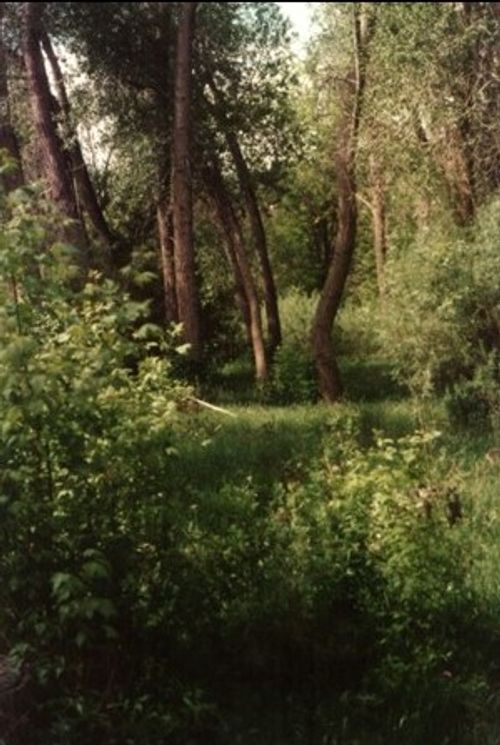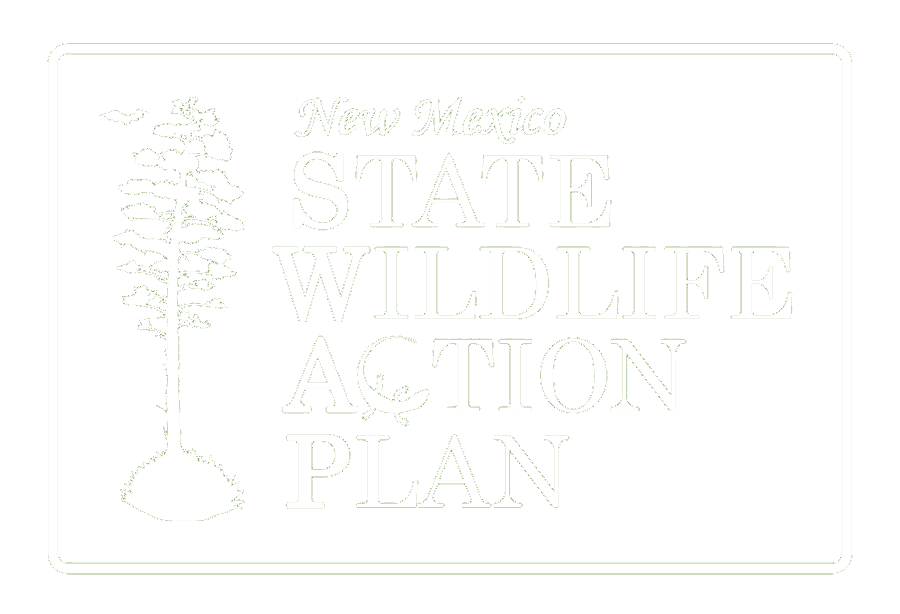
SWAP Habitat
Rocky Mountain Montane Riparian Forest
NVC Name
Rocky Mountain & Great Basin Montane Riparian Forest (M034)
SWAP General Vegetation Type
RIPARIAN WOODLANDS and WETLANDS
Rocky Mountain Montane Riparian Forest [M034], mostly of the Southern Rocky Mountains, Arizona/New Mexico Mountains, and Colorado Plateaus ecoregions, consists of riparian and permanently saturated forests and woodlands dominated by either broadleaf deciduous trees, montane conifers, or a mix of the two. The typical broadleaf dominants are narrowleaf cottonwood (Populus angustifolia), lanceleaf cottonwood (P. acuminata), Arizona alder (Alnus oblongifolia), and boxelder (Acer negundo). Conifers are represented by upland species that have extended their distribution into the riparian zone and may include subalpine fir (Abies lasiocarpa), Engelmann spruce (Picea engelmannii), blue spruce (P. pungens), and ponderosa pine (Pinus ponderosa). The understories are typically shrubby and may include gray alder (Alnus incana), redosier dogwood (Cornus sericea), peachleaf willow (Salix amygdaloides), and Bebb willow (S. bebbiana). Herbaceous layers can be dominated by forbs or graminoids or be sparsely vegetated, depending on the amount of shading, soil moisture, and disturbance history. Representative herbaceous species include bluejoint (Calamagrostis canadensis), horsetails (Equisetum spp.), and arrowleaf ragwort (Senecio triangularis). Introduced forage species, such as creeping bentgrass (Agrostis stolonifera), Kentucky bluegrass (Poa pratensis), timothy (Phleum pratense), and smooth brome (Bromus inermis), can be abundant.
This forest type is mostly comprised of montane to subalpine riparian communities occurring as narrow bands lining streambanks and alluvial terraces in narrow to wide, low gradient valley bottoms and on floodplains with sinuous stream channels. Beavers cut younger cottonwoods (Populus spp.) and willows (Salix spp.) and frequently dam side channels; hence, they are thought to be important to maintaining the hydrological regime for these communities in unconfined floodplains. Elevations range between 1,600 and 3,475 m (5,250-11,400 ft) and the habitat is commonly associated with Montane-Subalpine Wet Shrubland and Wet Meadow [M075].
